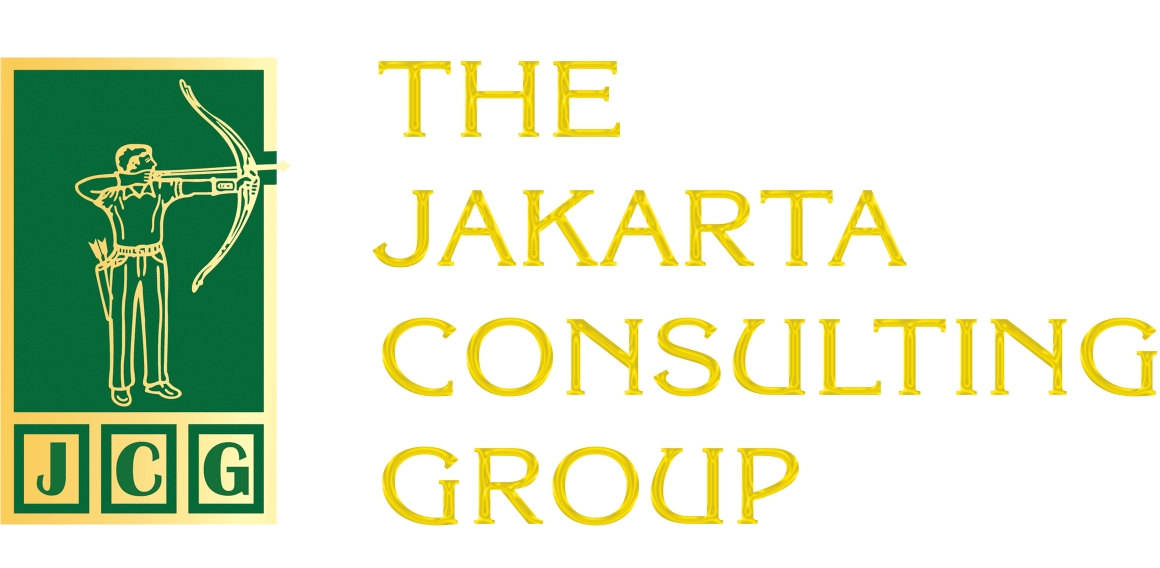On the surface, large organizations often appear to be a solid unit—with a brand, vision, and core values shared by thousands of employees. However, behind this uniform impression lies a dynamic reality about organizational culture: organizations are rarely monolithic. Instead, microcultures or subcultures thrive within them—small, distinct norms, customs, and beliefs that shape the mindsets, actions, and interactions of employees.
Understanding the dynamics of these microcultures is key for organizational leaders to align people, strategy, and performance in complex systems.
Why Are Subcultures Real and Inevitable?
When organizations are small, the prevailing organizational culture is usually a direct reflection of the founder. However, as organizations grow, diversify, and expand, the emergence of subcultures becomes inevitable. Imagine a large company with a marketing team in Jakarta, a finance unit in Singapore, and an R&D division in Tokyo. Each unit will be shaped by local norms, leadership styles, and work practices.
These microcultures can arise from differences in function (such as marketing vs. finance teams), location (headquarters vs. overseas factories), leadership style (democratic vs. autocratic), or even generational identity. Each subculture ultimately creates its own interpretation of “how we do things here.” At its core, microculture is the manifestation of organizational cultural diversity in large companies—a reflection of the social, operational, and psychological nuances that exist within each team.
Factors That Shape Microculture

Microculture is shaped by several factors, namely function, leadership, and local context or identity. Each department has different goals, tasks, and measures of success. The finance team, for example, is driven by accuracy and compliance, while the marketing team is required to be creative and agile. These fundamental differences gradually give rise to distinctive mindsets and ways of communicating, which ultimately create a specific organizational culture.
There are also microcultures that are formed based on products or brands. P&G is an example. P&G operates in more than seventy countries. It also produces many product brands. For example, Pampers, Clay, Gillette, and so on. Not to mention, each of these brands has its own subculture according to each country.
For example, Pampers focuses on care and empathy, while Gillette focuses on precision and performance. Meanwhile, the values that bind the company globally are integrity, leadership, ownership, and trust. The result? P&G maintains global harmony. At the same time, the entrepreneurial spirit of each brand remains alive. Employees identify themselves both as part of the microculture and as part of the overall organizational culture.
With this phenomenon, P&G builds a brand-centered microculture. Each brand team is free to develop its own work culture according to the personality and needs of its consumers.
Leaders are Microculture Conductors
Leaders are like conductors for their team’s microculture. A team led by a transformational figure will tend to develop into an incubator of innovation, while a team with a risk-averse manager may grow into a unit that is highly compliant with procedures and regulations.
In multinational organizations, geographical factors, language, and local traditions have a significant influence. A branch office in Indonesia may emphasize community values and harmony, while the same office in Germany may value candour and autonomy. These differences show how global corporate values are interpreted and understood through a local lens.
The Impact of Subcultures on Organizational Culture: A Double-Edged Sword
Microculture is like a double-edged sword; it can be an advantage, but it can also be a disadvantage, depending on the extent to which it aligns with the organization’s broader goals. The advantage of microculture is that it encourages innovation and adaptation. Some subcultures function as innovation labs. Google’s “20% time” policy, for example, which allows employees to experiment, has given birth to legendary products such as Gmail and AdSense. Next is engagement and sense of belonging.
The downside is division and disharmony. If not managed, subcultures can create rigid separation from the main organizational culture. For example, in a global bank, friction can occur when the customer-oriented retail division clashes with the compliance-focused risk division. The next drawback is resistance to change. Established subcultures often become the strongest bastions of resistance to change. A digital transformation initiative may be rejected by departments that feel their traditions or status quo are threatened.
Strategies for Managing Microcultures for Leaders

Microcultures are not enemies to be conquered, but realities that must be understood and managed as best as possible. Here are some strategies that leaders can implement:
Conduct an organizational culture audit through surveys, group discussions, or network analysis to identify various subcultures and their influences.
- Working with professional consultants such as Jakarta Consulting Group can make this easier for companies. The Jakarta Consulting Group has experience in helping many national and multinational organizations develop and transform their organizational culture.
- Never eliminate diversity. However, unite various subcultures under a common goal. Each team can express the company’s values in an authentic way, as long as the ultimate goal is aligned.
- Identify and develop leaders who can serve as connectors between different subcultures. These figures understand the characteristics of each group and can find common ground that transcends organizational barriers.
- Rotation programs, cross-functional assignments, and collaborative projects can break down barriers within the organization. This also prevents the emergence of defensiveness towards one’s own opinions and perspectives (echo chambers).
Attempting to suppress subcultures will only create resistance. A wiser approach is to nurture their positive aspects. Celebrate local practices that are aligned with the mission, and gently guide counterproductive practices. Embrace micro-cultural practices as long as they do not conflict with the company’s vision and mission.
#microculture #organizational culture #subculture #function #leadership #local identity #P&G #engagement #sense of belonging #division #barriers to change #diversity










